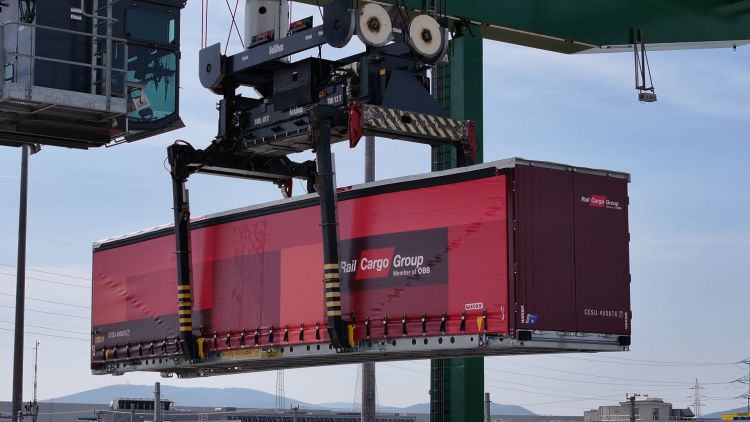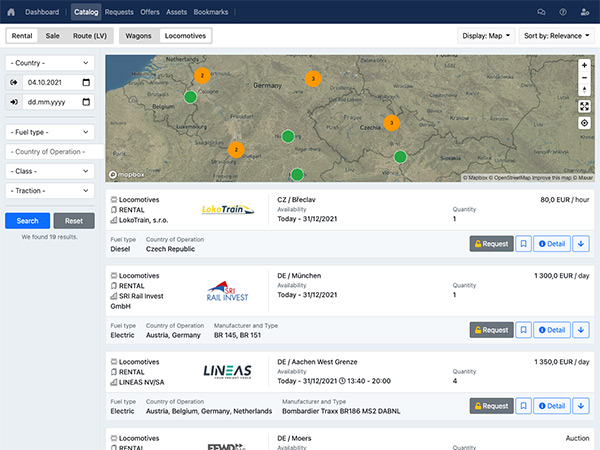From international beer brands such as Heineken and Desperados, via leading Austrian brands like Gösser, Schwechater, Edelweiss or Schlossgold, all the way to the cider brands Strongbow and Stibitzer – there is just one company responsible to produce millions of hectoliters of these products across Austria: Brau Union Österreich. Although it might not be known to the final consumers, who rather recognize the brands, it is well known among retailers, such as SPAR, and suppliers, such as ÖBB Rail Cargo Group (RCG). Take all three leading brands together, and there is a very different product brewed on the meetings of the three.
Where sidings lack, terminals come to play
In the segment of fast-moving consumer goods, not many final products are transported by rail. Trains can still find their advantage in moving raw materials for production, but the finished goods are the domain of trucks. Building sidings can be difficult, but not impossible, as several examples of RCG in Austria confirm. Still, not all companies have sufficient justification to build its own siding. Yet, there is another solution at hand. RCG has its own five terminals strategically located to cover the entire Austria: Vienna South, Wels, St. Michael, Villach South and Wolfurt. In addition, it serves other terminals in Austria, such as the Hall terminal in Tyrol. With a nationwide network of single wagonload transports connecting these dots on the maps, RCG offers greener transportation options where trucks used to dominate.
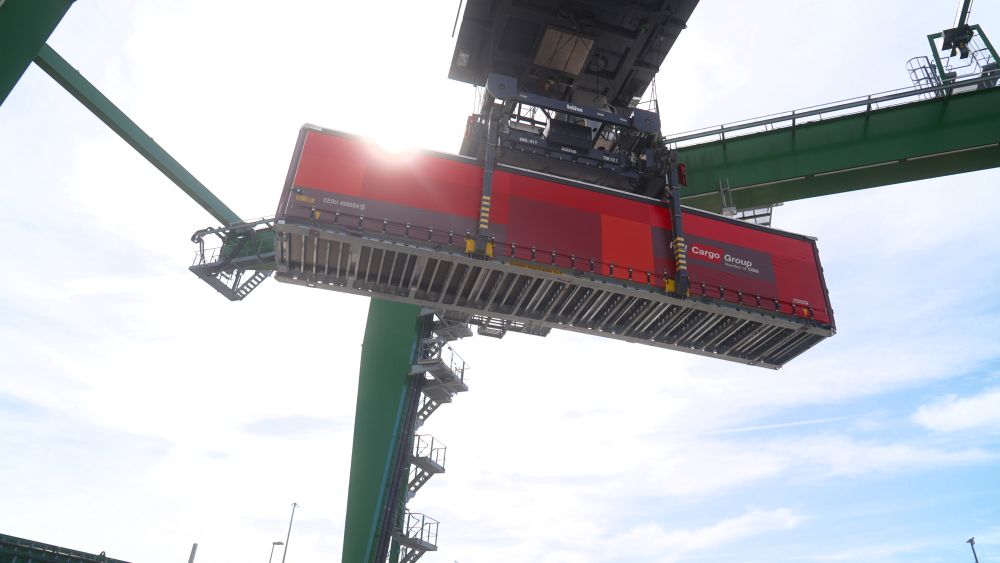
From brewery to supermarket store – by truck, rail and truck again
The journey of many beer and cider products starts in Schwechat near Vienna, where trucks fully loaded with Brau Union Österreich products depart the factory gates. But the semi-trailers behind them are not ordinary ones. They are called skeletons because they are just platforms that can transport swap bodies. Such as the ones of RCG. Three hundred of these swap bodies were purchased last year, enabling loading into them from the side, back and top. With a length of 45 ft, they use maximum possible length for transportation and as they are craneable – easy to manipulate in multimodal transport. And that is exactly what RCG does. For the first mile, more specifically, for the first 14 kilometers of the journey, the beer moves by road. The destination – Terminal Vienna South. Here, two gantry cranes, supported by four reachstackers operate on a surface of quarter of a million of sqm to transload from and to trains parked on one of six 700-metre-long rail tracks. When the trucks arrive, the curtainsided swap bodies are lifted from them by one of the gantry cranes and onto the wagon platforms in just a matter of few minutes. Then, the mastery of moving groups of wagons by single wagonload traffic of RCG comes to play. By next morning, drinks, still safely loaded in the same transport unit, appear in western Austria, in Tyrol. Once reachstackers reload the swap bodies from wagons to trucks again, the semi-trucks take the last 50 km journey to the SPAR distribution warehouse in Wörgl. Smaller trucks than head to local stores, where consumers take the beers into their shopping trolleys, fridges, before the final sizzle sound appears when beers get opened during the barbecue parties with families and friends for example.
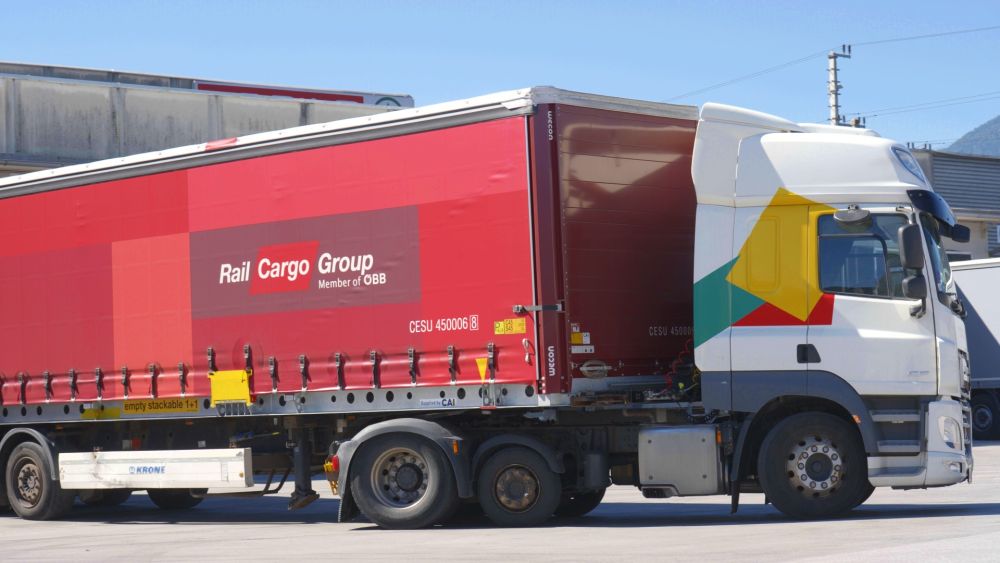
The best of every world
The case study of Brau Union Österreich, RCG and SPAR proves that a lot can be achieved when the best of every world is applied: Trucks and their flexibility over short distance and trains with their efficiency over the long leg of the journey. With the right infrastructure of terminals network, the same amount of work in logistics can result in a significant decrease in CO2 emissions. And the success and satisfaction of Brau Union Österreich is proven by the intention of the producer to increase the volumes and destinations of its products being moved by rail, utilizing more than the currently-used eight swap bodies of RCG.
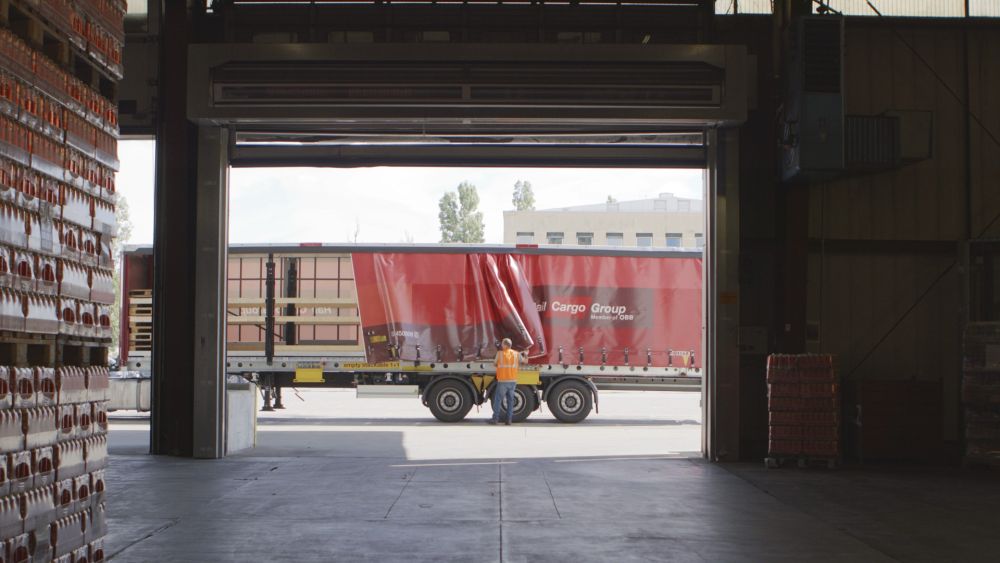
Rail Cargo Group (RCG) moves a significant amount of consumer goods – for example between Germany and Italy, Hungary or Turkey, with cargo such as pasta, sauces, pet food, electronics, white goods and more. With the use of new curtainsided swap bodies, more options are now available for customers, making them a perfect solution also for the chemicals and automotive industries, as well as wood and paper products, or building materials.
